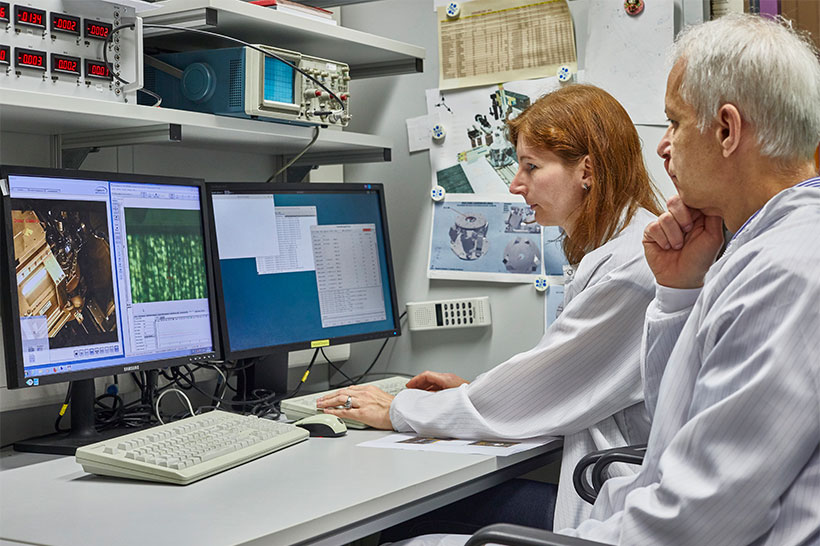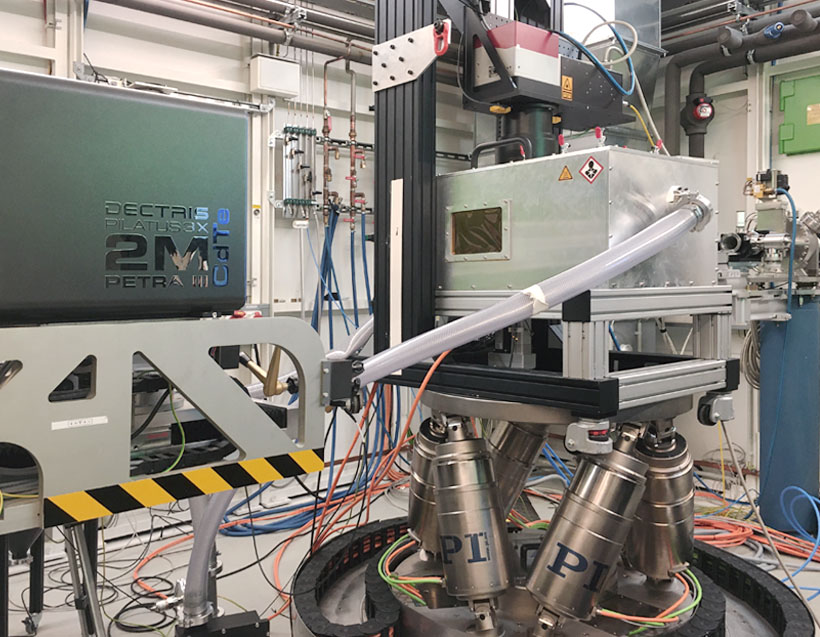
3D laser printing for metals
PETRA IV will enable researchers to examine laser melting in much greater detail than before. The findings promise significant improvements in 3D printing.
Today, some metal parts are produced by 3D printers: lightweight components for aircraft or sports cars, for example. One of the methods used is known as selective laser melting (SLM).

However, its potential is far from being exhausted. A number of questions still remain to be answered, such as why ultrafine pores sometimes form in certain alloys during 3D printing, which have a detrimental effect on the properties of the workpiece. PETRA IV will enable researchers to examine laser melting in much greater detail than before. The findings promise significant improvements in this fledgeling manufacturing method.
“To develop better alloys, we need to understand in more detail what exactly happens during selective laser melting.”

The underlying principle is straightforward: A machine first spreads a fine metal powder on a plate. A laser beam then passes over the powder, fusing the metal granules together in some places but not in others. As a result, the desired component gradually takes shape. One advantage of this method is that it can be used to easily manufacture internal cavities, such as cooling ducts. However, “since the technology is still quite young, the metal powders that are usually used are not necessarily optimised for the process. This can make the components prone to cracking, for example,” explains Peter Staron, a materials scientist at the Helmholtz Centre Hereon.

Fundamental experiments looking into this are already being conducted at Hereon’s outstation at DESY. Here, an industrial-type setup is currently being constructed in which a laser manufactures simple workpieces. At the same time, the X-ray beam from the PETRA III storage ring is being used to examine the process, for example by making the mechanical stresses inside the component visible, which could in turn accelerate crack formation. In the future, PETRA IV will allow far more detailed investigations to be conducted.
Up to 25 000 images per second
“The melting and subsequent solidification take place very quickly,” explains Staron. “At the moment, we are limited in the extent to which we can resolve this over time; but the high-intensity beam of PETRA IV will allow us to track these processes much more closely.” In numbers: Up to now, a maximum of 250 images per second have been possible; PETRA IV could take up to 25 000 images – a significant advance that could considerably expand the range of industrial applications for selective laser melting in the long term.

Heidrun Hillen
I am happy to answer your questions about PETRA IV.
Weitere Forschungsthemen

Healthcare
How can diseases be better tackled?

New materials
How can we save resources?

Energy
How can we make more resilient materials?

New technologies
What do we need for the digital world of tomorrow?

Earth and the environment
How do we preserve our ecosystems?

Cultural heritage
How can we preserve our cultural treasures?

